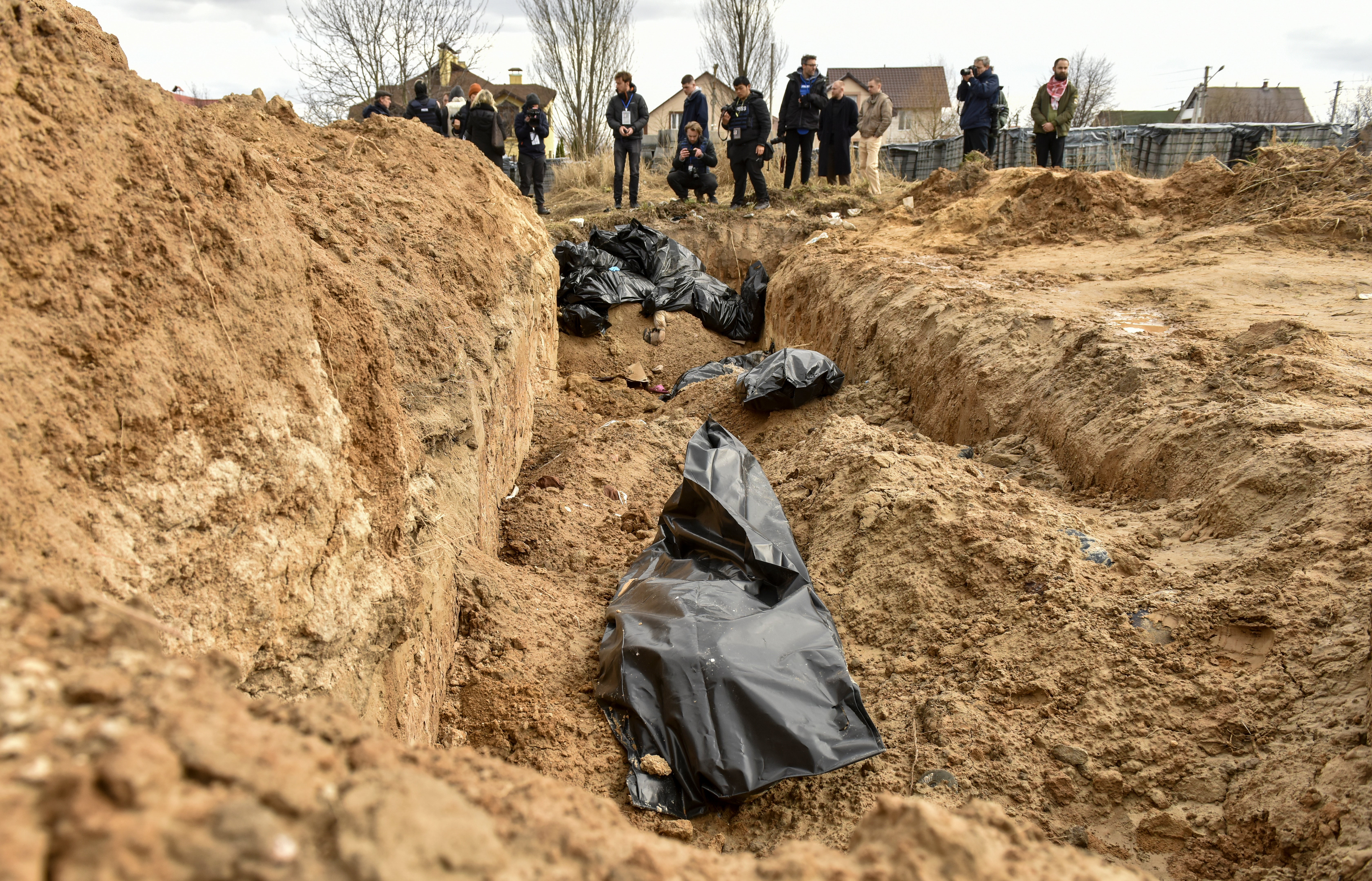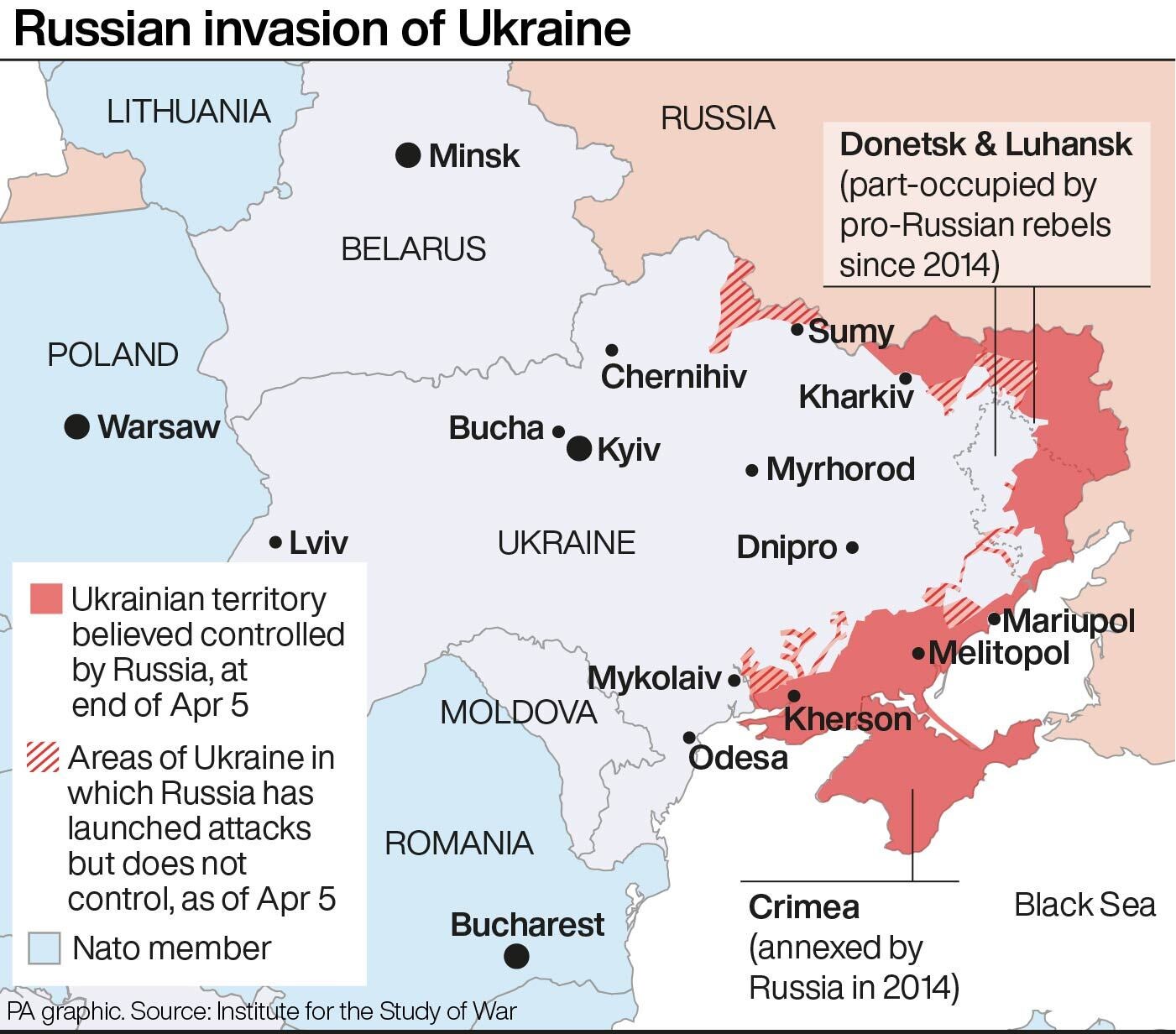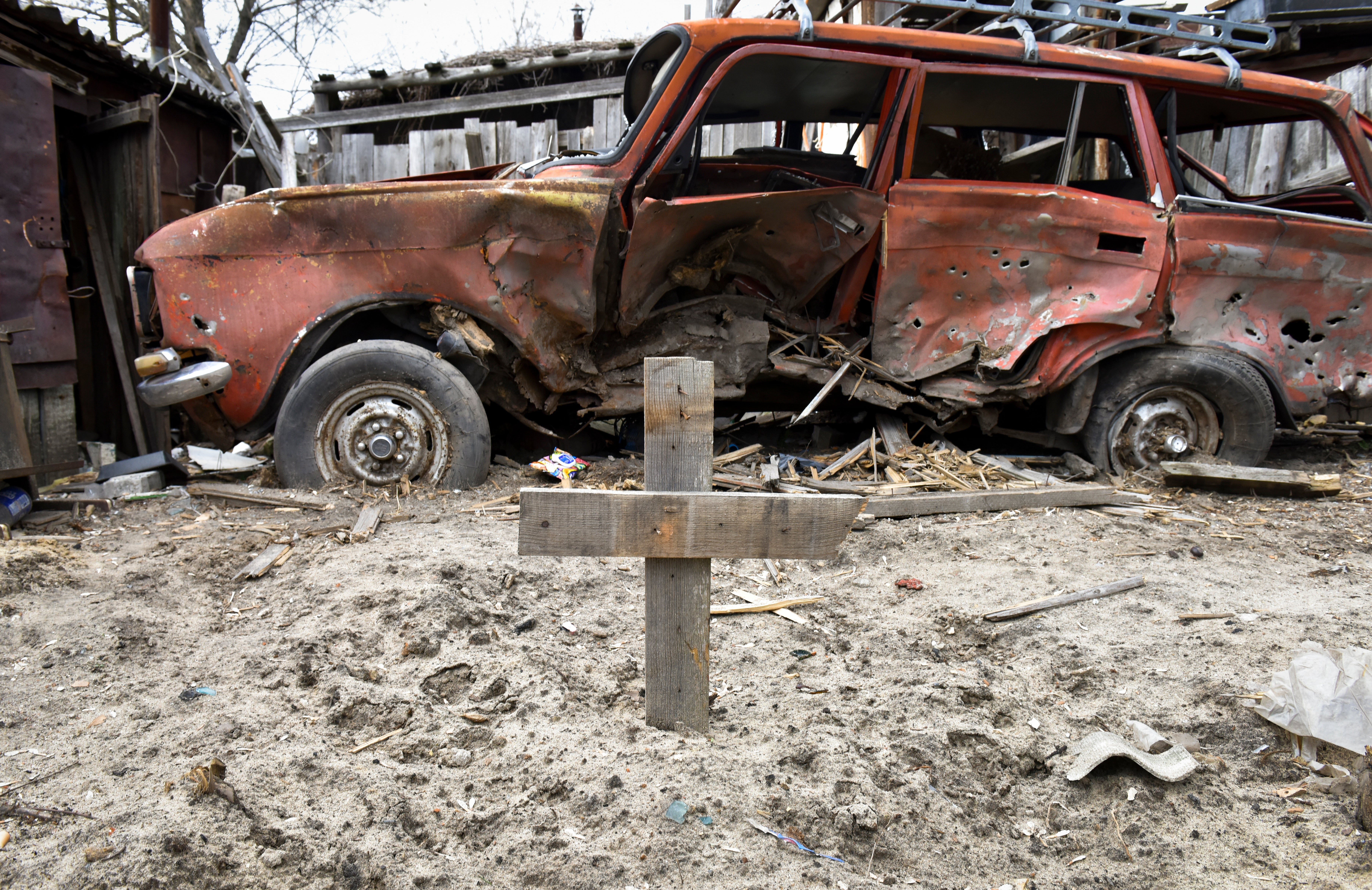
The UN is set to significantly increase its estimate of civilian deaths during Russia’s invasion of Ukraine, according to the head of its civilian casualty monitoring service in the country.
The UN’s human rights office (OHCHR) currently estimates that at least 1,563 civilians have been killed from when Russia began its invasion on 24 February to 5 April.
Yet estimates from individual Ukrainian regions already dwarf that figure - with officials in besieged Mariupol alone estimating that at least 5,000 civilians have died in the city.
While the UN has been careful to point out its own estimates are likely significantly below the real number, critics have said the low figure likely underplays the scale of suffering.
Uladzimir Shcherbau, head of civilian harm monitoring at the UN Human Rights Monitoring Mission in Ukraine, told Airwars and The Independent that they are planning to issue a major update on the casualty figures shortly.
“We have a big mass of information which allows us to triangulate or somehow approximate the actual death toll. I wouldn’t give you specific figures right now because it is extremely sensitive,” he said.
“It is looking at patterns, correlations, available information per region and per type of casualties, to come (up) with this realistic estimate fairly soon.
“We believe it will be fairly close to the actual death toll."

Shcherbau said the UN’s current methodology - which involves documenting each individual death - had produced incredibly detailed and certain estimates of civilian harm resulting from the lower intensity Ukraine conflict between 2014 and early 2022 in the east of the country.
But he acknowledged the UN has come under fire from Ukrainian officials and others in the face of the very significant human suffering which has resulted from Russia’s invasion.
"We are under enormous pressure because we are criticised heavily - they are saying ‘your figures are irrelevant,” he said.

Going forward, the UN Human Rights Monitoring Mission will also gather together estimates from a wider range of sources including regional authorities and official agencies, he said. The new figures are likely to be published in the near future.
Shcherbau said his team had been working day and night to try and document each civilian death during the six weeks of war.
The majority of the civilian casualties recorded were caused by the use of explosive weapons with a wide impact area, including shelling from heavy artillery and multiple launch rocket systems, and missile and airstrikes, according to the UN.
Shcherbau said the city of Mariupol, which remains besieged by Russian forces, has the highest number of reported civilian deaths. The city has been effectively cut off for weeks, making the gathering of reliable data from there very challenging.
"We have credible reports that there are still many bodies in the debris, some bodies are unattended in the apartments - no one was (able) to take care of the bodies,” Shcherbau said.
“Many bodies have been buried in improvised graves - they also need to be exhumed and reburied individually and with proper decency. That will also be an enormous challenge for the city. We have seen a lot of footage of graves in peoples’ yards, which is appalling.”

The chief UN casualty monitor for Ukraine also said that indirect deaths are likely to have risen sharply in Mariupol, with people for example unable to access vital medical care. And he noted a grisly rise in reported suicides in the city during Russia’s brutal siege.
"When will the world know for sure when hostilities are over, the exact number of civilians who have been killed in Mariupol from day one until the last day of hostilities? That will surely take time - take time to recover all the bodies, to identify them," he said. "So the ultimate accurate figure won’t arrive quickly."
"That will be a horrible and heartbreaking task," he added. "Not only to count people but to ensure decent treatment of those who perished and then once again to work for reparations and bring the perpetrators to justice. The preservation of evidence - which is what dead bodies are - will be extremely essential."
The full interview with UN casualty monitor Uladzimir Shcherbau is available on the Airwars website.
Chris Woods is the Director of Airwars.org, an independent monitoring group that tracks and investigates civilian harm from military actions in various conflicts.







